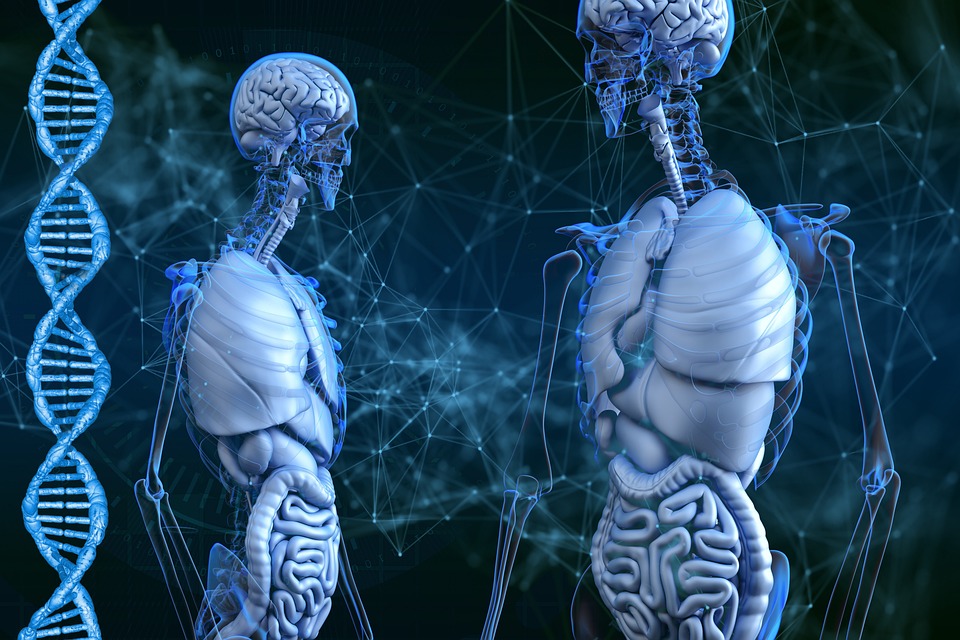Unlocking the Key to Strong Bones: How to Prioritize Bone Health
[ad_1]
Unlocking the Key to Strong Bones: How to Prioritize Bone Health
Having strong and healthy bones is crucial for maintaining an active lifestyle and preventing various bone diseases such as osteoporosis. While our bones naturally become weaker with age, there are several steps we can take to prioritize bone health and ensure their strength throughout our lives. In this article, we will explore some key factors that contribute to strong bones and provide guidelines on how to maintain and improve bone health.
Importance of Bone Health
Bones are the structural framework of our bodies and play a vital role in providing support, protecting our organs, and allowing us to move. They also act as a reservoir for essential minerals such as calcium and phosphorus, which are critical for various bodily functions. When our bones become weak and brittle, they are more prone to fractures, leading to mobility issues and decreased quality of life.
It is essential to prioritize bone health from a young age to ensure optimal bone density. However, it’s never too late to start taking care of your bones. Here are some tips to help you unlock the key to strong bones:
1. Get Sufficient Calcium and Vitamin D
Calcium and vitamin D are essential for maintaining strong bones. Calcium-rich foods include dairy products, leafy greens, and fortified cereals. Vitamin D helps the body absorb calcium efficiently, and the primary source is sunlight. If you have limited exposure to sunlight, consider taking a vitamin D supplement after consulting with your healthcare provider.
2. Engage in Weight-Bearing Exercises
Weight-bearing exercises stimulate bone growth and help maintain bone density. These activities include walking, jogging, dancing, and weightlifting. Aim for at least 30 minutes of weight-bearing exercise, three to four times a week, to strengthen your bones and improve overall fitness.
3. Incorporate Resistance Training
Resistance training involves using weights or resistance bands to strengthen muscles and bones. By putting stress on your bones, resistance training helps stimulate bone formation and prevents bone loss. Consider working with a qualified trainer to develop a safe and effective resistance training program tailored to your needs.
4. Don’t Forget about Balance and Flexibility
Having good balance and flexibility is crucial for preventing falls and reducing the risk of fractures. Engage in activities like yoga, tai chi, or Pilates to improve your balance, stability, and flexibility. These exercises also promote overall well-being by reducing stress levels and increasing body awareness.
5. Maintain a Healthy Lifestyle
Adopting a healthy lifestyle can greatly contribute to bone health. Avoid smoking and excessive alcohol consumption, as they can weaken bones and increase the risk of fractures. Additionally, a well-balanced diet that includes plenty of fruits, vegetables, whole grains, and lean proteins supports overall bone health.
Conclusion
Prioritizing bone health is a wise investment in our overall well-being. By following the mentioned guidelines, we can unlock the key to strong bones and reduce the risk of bone-related issues. It’s essential to remember that bone health is a lifelong commitment, and it is never too early or too late to start caring for our bones.
Frequently Asked Questions (FAQs)
Q: Can children also benefit from prioritizing bone health?
A: Absolutely. Building strong bones in childhood and adolescence lays the foundation for healthy bones later in life. Encourage children to engage in physical activities, consume a calcium-rich diet, and spend time outdoors to boost vitamin D absorption.
Q: What are the consequences of neglecting bone health?
A: Neglecting bone health can lead to conditions such as osteoporosis, which increases the risk of fractures and decreases quality of life. It is crucial to start prioritizing bone health early and continue doing so throughout life.
Q: Can bone density be regained?
A: While certain interventions, such as exercise and a healthy diet, can help slow down bone density loss, complete reversal is unlikely. However, by adopting bone-healthy habits, you can reduce the risk of further bone loss and improve overall bone health.
Q: How often should bone density be checked?
A: The frequency of bone density testing depends on various factors, including age, medical history, and risk factors. It is best to consult with your healthcare provider to determine the appropriate intervals for bone density screenings.
[ad_2]

